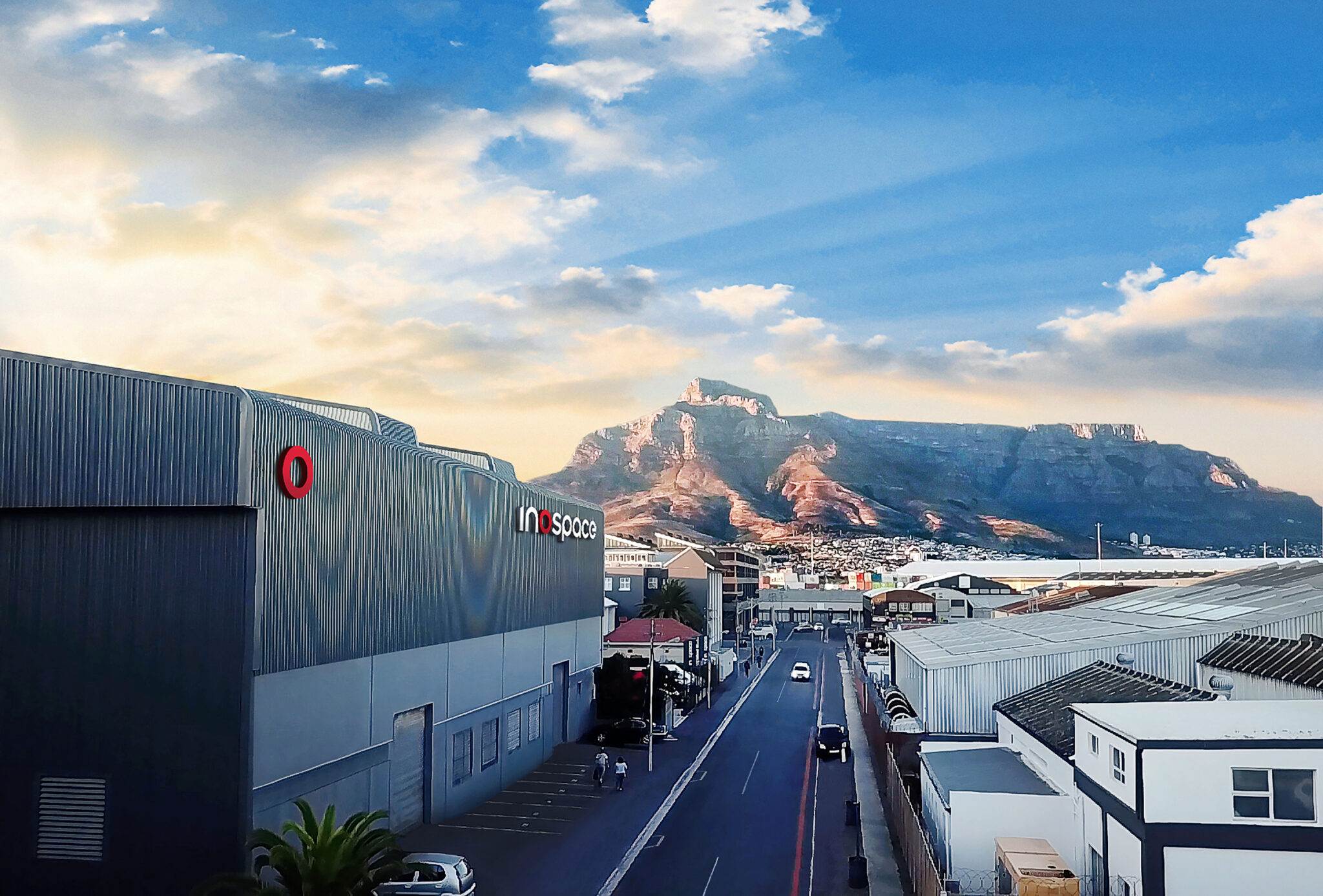The global retail industry is undergoing a revolution. The retail supply chains of today, traditionally consisting of large distribution centres (DCs) will have had to shift to accommodate a reimagined customer with much greater expectations.
Long before the Covid pandemic began, DCs were being built in major South African cities to deliver products to retail stores where customers shopped. This often meant big box warehousing with well over 100 000 square metres to provide warehouse space for retailers such as Shoprite, Woolworths, Foschini and Dischem where they could stock sufficient inventory to meet surging customer demand. In a world of increased online shopping and disrupted supply chains and delivery times, many DCs are filled to the brim and some are running out of space. The question of whether this is a cyclical trend or a structural trend is perplexing warehouse owners.
A recent announcement by the online retail giant, Amazon, that it has too many sheds after doubling its warehouse space during the pandemic has prompted a challenging new reality, hand wringing and sharp reaction from investors. When Amazon informed the market that it intends to reduce its footprint of leased industrial space by as much as 3 million square metres, the share prices of many logistics warehouse owners tanked. For many real estate investors, the question is whether Amazon is the only user with excess warehouse needs in the current environment?
Another trend that distribution centre owners need to deal with is an environment where a higher prevalence of e-commerce shopping, higher customer expectations regarding delivery speed, and the delivery of goods to end-user consumers are forming part of complex logistics challenges far beyond what central DCs are currently set up to deliver on their own.
Retailers are increasingly thinking outside the (big) box to reimagine supply chains that can serve customers directly and rapidly. This means new models for retail-fulfilment operations that include using space within shops and smaller last-mile delivery depots in the neighbourhood. In the US real estate logistics suppliers are changing their logistics strategies to follow end-user online consumer demand. suit. For example, logistics real estate giant Prologis’s offer to acquire a portfolio of more than 1 700 last-mile logistics warehouses held by Blackstone’s Mileway for $23.1 billion is a shift in strategy to own the full logistics real estate ecosystem.
Logistics in a South African context
In South Africa, where e-commerce has also boomed since the Covid-19 lockdown period, many retailers have used their existing retail locations to build operations that serve omnichannel customers better. But using current retail space as mini-DCs comes with the high cost of retail rental space and far higher operating costs than warehousing. This is often the only option because this space allows retailers to remain closer to customers demanding decreased delivery time at a lower price.
Although there is a wide spectrum of operating models that retailers can choose from to build fulfilment capability in-store, for example, repurposing the back-of-house or dedicating space to house a packing and shipping room with lean operations, the challenge for retailers using their stores as mini DCs is that they need to keep a lot more products in-store to fulfil the customer’s need for immediate delivery. This means retailers must be able to analyse market data to improve forecasts for stock keeping units (SKUs) with strong omnichannel demand, be able to determine the optimal cadence for replenishing products to mitigate the need to redirect inventory at the end of a life cycle and build rules to route customer orders to optimal store nodes.
Other challenges include hiring more staff for in-store fulfilment with specific fulfilment-focused profiles or automation experience and major adjustments to the store’s operating hours based on a revised fulfilment model. Fulfilment from the sales floor occurs during business hours and has the added benefit of having more associates present to interact with customers during busy periods. An expanded mini-DC operation may require extended operating hours (for example, 16 to 24 hours) depending on the volume of orders being filled.
The rise of last-mile fulfilment
For retailers that cannot meet the requirements to set up an in-store fulfilment operation, there is a pressing need to move beyond the four walls of retail stores and find solutions that allow them to continue operating in today’s retail landscape. This is where last-mile real estate comes into play.
Last-mile delivery real estate has become increasingly important since the pandemic’s start due to the explosion in e-commerce resulting in the exponential growth of business-to-consumer (B2C) deliveries.
Although pandemic booms have slowed down across the economy, including sectors such as food delivery and fintech, corporate scepticism around the need for more large DCs is growing and major retailers are considering whether they overestimated how quickly their first-mile warehouse needs will increase. This is a bad combination for big-box warehouse shares. Prologis shares have been down about 37% since late April, and they fell another 8% recently.
According to the Wall Street Journal, Ikea, the Swedish furniture giant is doubling down on its fulfilment capabilities by investing over $3 billion to revamp the company. This overhaul will include transitioning up to 40% of its existing big-box suburban locations into smaller last-mile distribution centres for online orders. By redistributing how their space is utilised, the company hopes to optimize their real estate portfolio and bolster their delivery capabilities instead of increasing the footprint of existing stores.
The last mile of the delivery chain is proving to be the most valuable one for industrial properties. Facilities that can accommodate the ever-evolving demand of retailers for much quicker deliveries are proving to be the downfall of the big-box warehouse and opening new doors of opportunity for reimagined last-mile logistics solutions.



